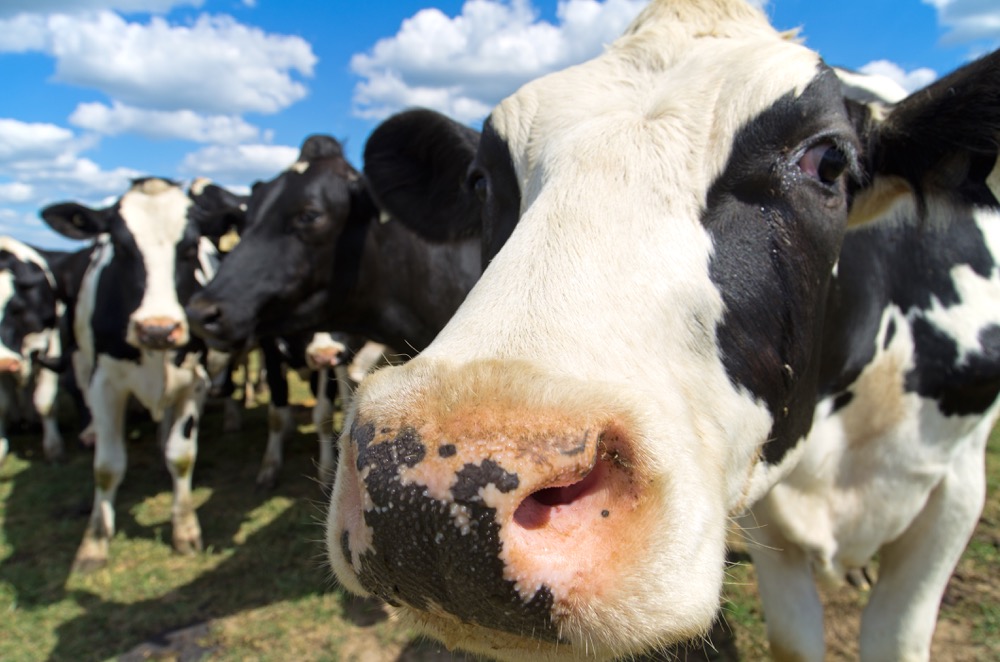Where do you buy your groceries?
The answer to that question is getting more attention these days because more consumers now say they buy online. The growth of e-commerce has stretched beyond books, movies, parts and retro finds and is now filling the food basket. As folks shift to online buys it means an increase in shelf life, delivery systems, and intensive locational tracking.
The big guns in grocery, such as Costco and Walmart, are spreading their reach through e-commerce and developing intensive systems. Small food stores offer local delivery of online sales and Amazon sells food every day.
Read Also

When it rains, if only it did pour everywhere
Alberta Farmer columnist muses over the erratic precipitation trends around Alberta this summer.
The reality is that the world’s food is at your fingertips, you only have to take delivery. Startup rural delivery has had a tough time. The logistics and distances make it unprofitable for both the local food basket and overnight supermarket delivery. To counter this, central-point delivery, through much trial and error, is starting to take hold and is popular both in and outside major urban centres.
How big is the online industry in grocery? Well, today it is only one per cent but that’s $6 billion — sales are expected to jump to $60 billion in the next few years. Although food has been the last box in the order when it comes to e-commerce, grocery still represents 32 per cent of all e-commerce sales. The e-commerce companies say it is the ticket to the future.
The response to buying food online varies from country to country. In Europe it ranges from 0.8 per cent to 4.4 per cent of sales (in the U.K.). In Canada, sales are less than one per cent but it is Amazon that dominates and this will force other grocery companies to hurry and catch up.
So let’s go shopping.
If you go to amazon.ca, you will see a wide variety of foods available from beverage to baby food. Let’s say that on Monday, I learned my in-laws are coming for the following weekend. I am out of town working and my partner cannot yet navigate the grocery store except for the pop and chips department (there is some truth to this), so I decide to go online.
I order blueberry juice to mix with ginger-ale and serve with pistachios. This will be followed by a lovely squash soup, Thai salmon salad, cheese plate, and bow pasta and herb sauce. For dessert there are champagne chocolates sent direct from Japan and a soothing white and raspberry tea. This will be in my post office parcel mailbox or at the closest courier drop when my flight gets in. And so I pull off the evening with a mix of flavours and have not set foot in the grocery store. As an added bonus — it was fun!
- More with Brenda Schoepp on the Alberta Farmer: We need to look at land in the larger context
Farmers’ markets have gone online as well. In Montreal, there are many central points for picking up food, especially fresh food. A company called Lufa Farms was the first to develop rooftop farms and deliver baskets of fresh veggies to central points. But the growth of e-commerce has changed the face of that order and it now partners with several businesses, chefs, and farmers to deliver everything from beverage to a full meal. For this online farmers’ market, partnerships were integral to the expansion of the e-commerce business.
Online buying also happens locally. Let’s travel to a local Alberta store offering direct-to-the-door delivery on online orders: Go to homegrownfoods.ca and check out the boxes of organic food delivered directly to your door. This type of service specializes in fresh local food delivered within a short distance of the store, so it has a community focus. Mixing and matching or adding extra product for those days when folks drop by is not an issue.
I think of seniors, especially in winter, as wanting this type of service. Fresh, local food to the door without fail helps to ensure proper nutrition without the worry of cold or the fact that the bag is too heavy to carry. Families benefit from the basket and parents get a break. The delivery cost is free on orders of $60 or more.
It does take an element of trust to order online but once you know the store or the company, it becomes pretty handy. And truthfully, there is predictability behind food that we have never seen before. The demand of the food industry and from chefs in itself for uniformity is the consumer’s best friend and many brands are known and trusted.
The future may present a challenge as online orders increase. The term ‘convenient’ will rule the online order and commodity food will be under increasing pressure to value add. In addition to shelf life, real-time tracking and improved infrastructure for delivery is needed.
The data that sellers will have will be extraordinary in understanding consumer trends — by address alone. Currently, 18- to 35-year-olds are the main buyers of online groceries, but that will change.
The growth of online buying will continue and there are some days — even in this rural, self-sufficient household — that this will be an appreciated option.
















